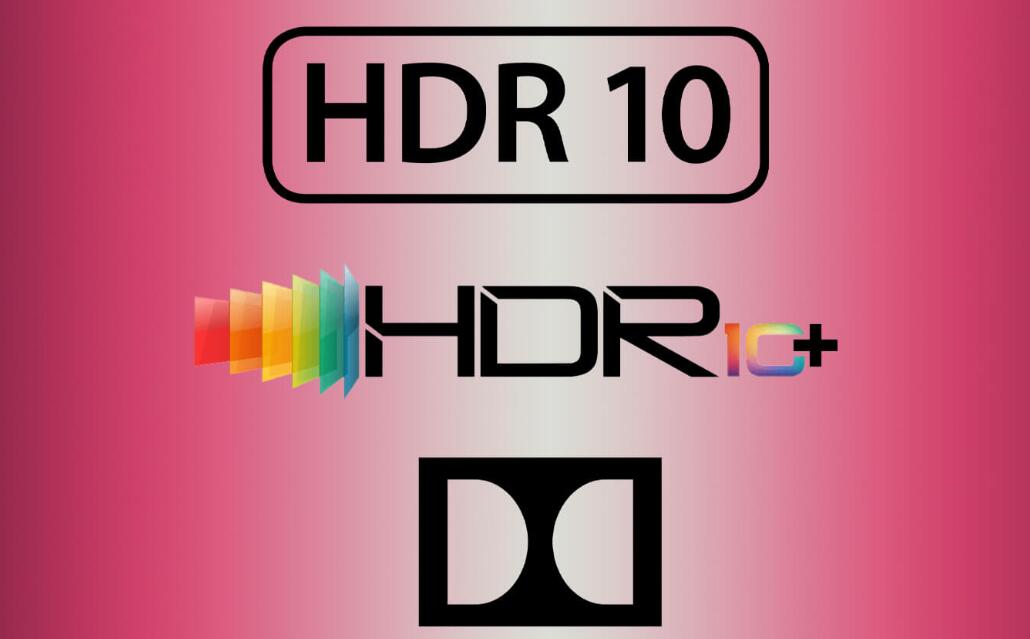As television and display technology advance, the quest for better image quality never ceases. High Dynamic Range (HDR) is one of the key components in this pursuit, offering a significant improvement over the traditional Standard Dynamic Range (SDR). Two popular HDR formats are Hybrid Log-Gamma (HLG) and HDR10. In this article, we will take an in-depth look at both formats, comparing their features, advantages, and drawbacks, to determine which one is better.

Contents
High Dynamic Range (HDR) Overview
Before diving into the differences between HLG and HDR10, let’s briefly discuss what HDR is and why it matters. HDR is a technology that increases the range of luminance (brightness) and color depth in images and videos, allowing for more lifelike and vibrant visuals. This is achieved by rendering a higher contrast ratio, which is the difference between the darkest and brightest parts of an image. In simple terms, HDR allows for brighter highlights, deeper blacks, and more accurate color reproduction.
HLG: Hybrid Log-Gamma
HLG is a royalty-free HDR format developed jointly by the BBC and NHK. It is primarily designed for live broadcasting and streaming, as it can be delivered over existing broadcast infrastructure without the need for additional metadata. HLG combines both SDR and HDR signals into a single video stream, making it backward compatible with SDR displays.
Pros of HLG
Backward compatibility: HLG’s most significant advantage is its compatibility with older, non-HDR displays. SDR displays can decode the HLG signal and display a lower-quality image without any additional processing. This makes HLG an attractive option for broadcasters, as they can deliver HDR content without alienating viewers with older TVs.
No metadata: HLG does not require additional metadata to be transmitted alongside the video signal. This simplifies the production and delivery process for live broadcasts and reduces the potential for errors.
Royalty-free: HLG is a royalty-free format, which means there are no licensing fees associated with its use. This makes it more accessible for broadcasters and content creators.
Cons of HLG
Limited peak brightness: HLG is designed to work within the constraints of existing broadcasting infrastructure. Consequently, it has a lower peak brightness compared to other HDR formats like HDR10 and Dolby Vision. This can result in a less impressive HDR experience.
Lack of dynamic metadata: HLG’s lack of dynamic metadata means it cannot optimize the HDR experience on a scene-by-scene or frame-by-frame basis. As a result, some content may not look as good as it could with other HDR formats that support dynamic metadata.
HDR10: The Static Metadata HDR Standard
HDR10 is the most widely adopted HDR format and is supported by nearly all HDR-capable displays. It is a royalty-free, open standard developed by the Consumer Technology Association (CTA). Unlike HLG, HDR10 requires static metadata to be transmitted alongside the video signal, providing information about the color gamut, peak brightness, and other characteristics of the content.
Pros of HDR10
Higher peak brightness: HDR10 supports a higher peak brightness than HLG, allowing for a more vibrant and lifelike HDR experience. This can make HDR10 content more visually impressive than HLG content.
Widespread support: HDR10 is supported by most HDR-capable displays, making it the de facto standard for HDR content. This ensures a consistent HDR experience across a wide range of devices.
10-bit color depth: HDR10 uses 10-bit color depth, which provides a broader range of colors and smoother gradients than the 8-bit color depth used in most SDR content.
Cons of HDR10
Static metadata: The static metadata used by HDR10 provides information about the content as a whole, rather than on a scene-by-scene or frame-by-frame basis. This can result in scenes that are either too dark or too bright, depending on the average brightness of the entire video.
Lack of backward compatibility: HDR10 content cannot be displayed on SDR displays without additional processing, which can be complex and may result in a suboptimal viewing experience.
HLG vs. HDR10: Which Is Better?
Determining which HDR format is better depends on the specific use case and requirements. Here’s a summary of the key differences and advantages of each format:
- For live broadcasts and streaming: HLG is the better choice, as it is designed specifically for these applications. Its backward compatibility with SDR displays and lack of metadata make it an attractive option for broadcasters.
- For pre-recorded content and compatibility: HDR10 has the edge, as it is widely supported by HDR-capable displays and offers a higher peak brightness for a more impressive HDR experience. However, it lacks backward compatibility with SDR displays and relies on static metadata.
Ultimately,both HLG and HDR10 have their strengths and weaknesses, and the best choice depends on the specific needs of the content and the target audience. As HDR technology continues to evolve, it’s likely that we’ll see further improvements and refinements in both formats, as well as the emergence of new formats that address their limitations.
It’s also important to note that some devices and content providers support multiple HDR formats, including both HLG and HDR10. In these cases, the device will automatically choose the best format based on the content being viewed, providing an optimal HDR experience for the viewer.
In conclusion, HLG and HDR10 are both significant advancements in HDR technology that offer improved color, brightness, and contrast for a more lifelike and immersive viewing experience. While HLG excels in live broadcasting and streaming situations, HDR10 provides a more vibrant and consistent HDR experience for pre-recorded content and enjoys widespread support across devices. As the HDR landscape continues to evolve, it’s essential for content creators, broadcasters, and display manufacturers to stay informed and adapt their strategies accordingly.